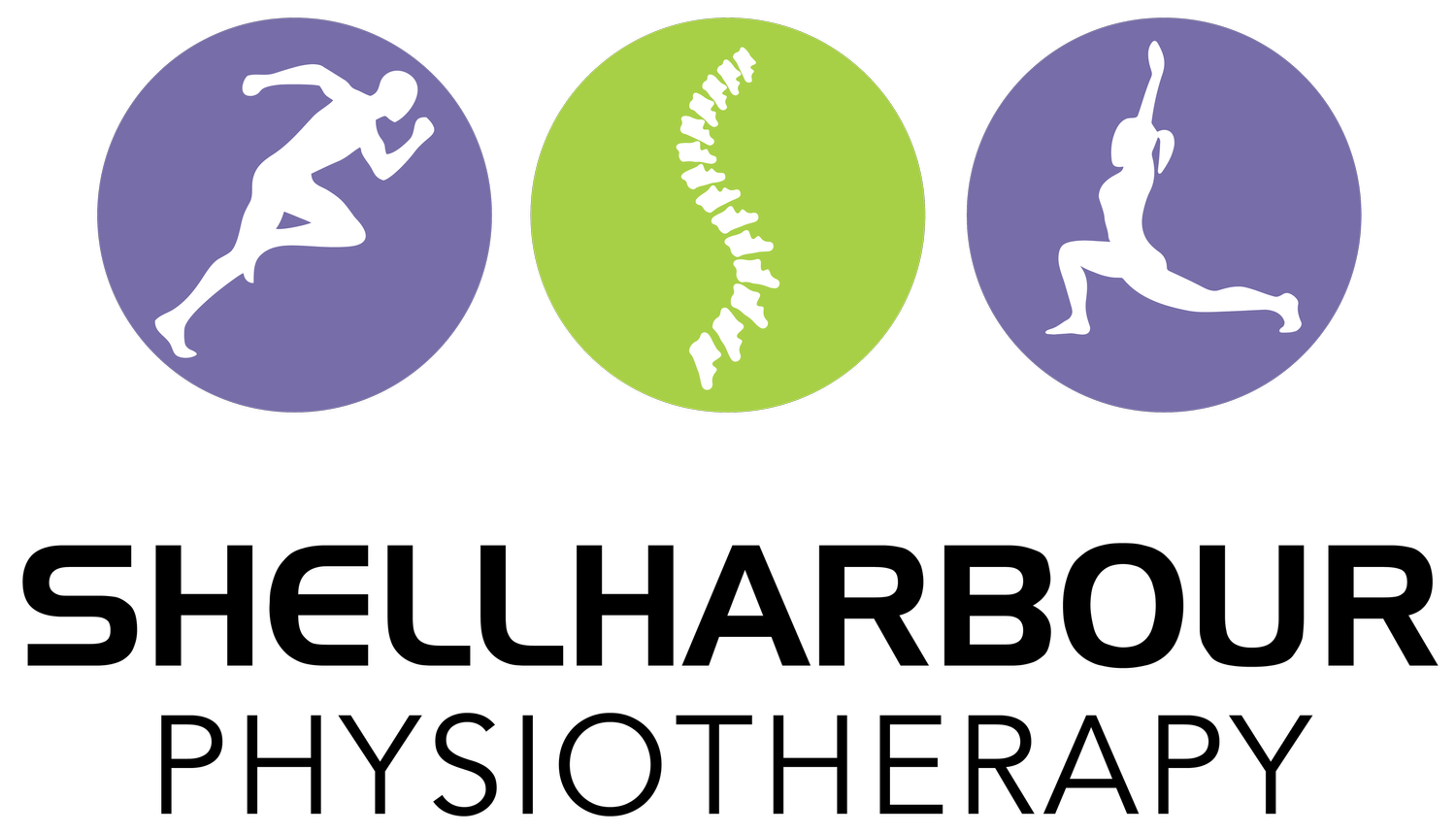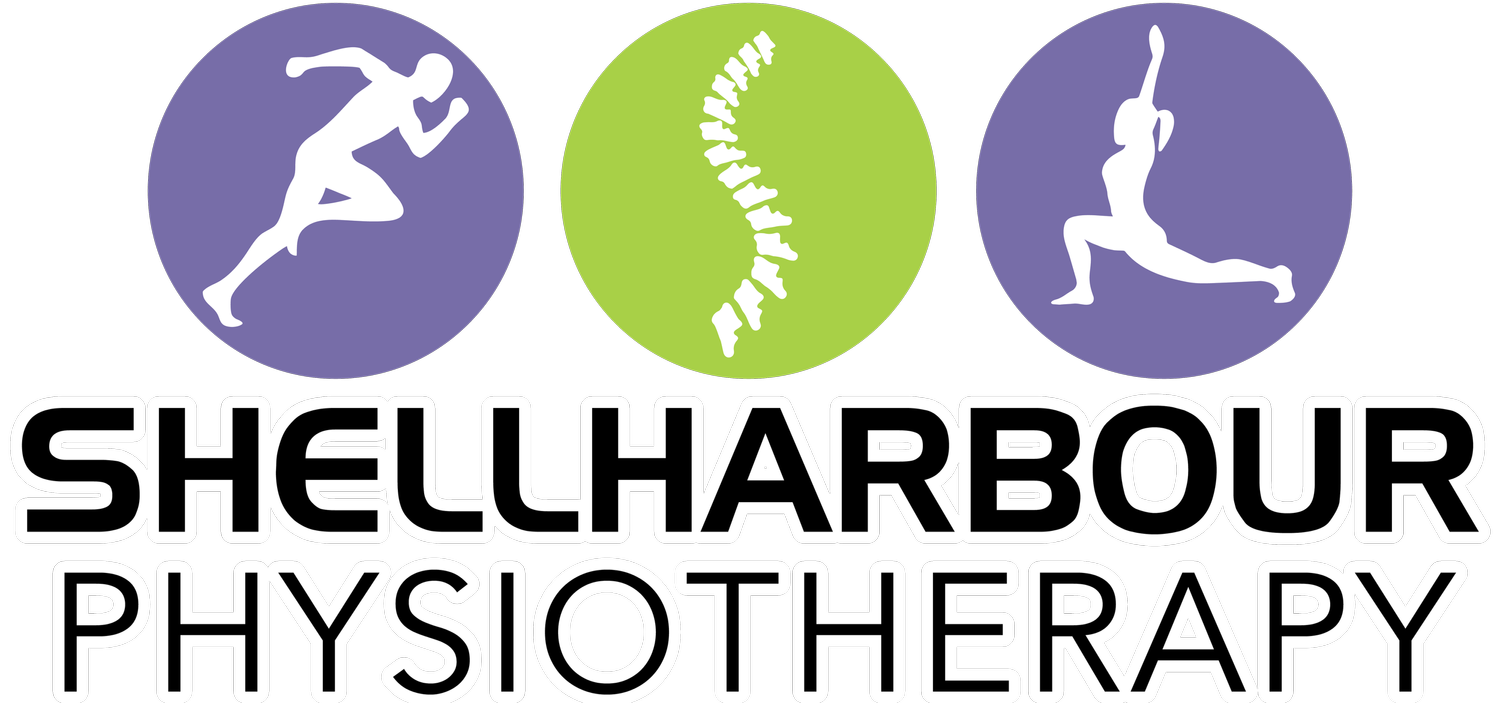THERAPEUTIC EQUIPMENT
I trained as a Physiotherapist ↗ many years ago and part of my training included the use of therapeutic equipment, 3 of which I shall explain here.
ULTRASOUND (US)
When you hear the word “ultrasound” most people immediately think of diagnostic US as the tool used to generate images of the womb as in pregnancy. Diagnostic US is also used to capture images of organs and other soft tissue such as shoulder tendon injuries. Therapeutic US, however, is a tool used by therapists to treat chronic pain and promote tissue healing.
Uses
Ultrasound may be recommended to be used if you have any of the following conditions:
Tendonitis
Carpal tunnel
Shoulder injuries
Ligament injuries
Joint tightness
How it works
The US machine that the therapist uses has different settings depending on what is to be achieved with the treatment. The head of the machine, also called a transducer, contains a quartz crystal from which the ultrasonic waves (sound waves) are emitted. It is a form of mechanical energy creating a vibration and the frequencies used in therapy are typically between 1.0 and 3.0 MHz (1Mhx + 1 million cycles per second). The normal hearing range of a healthy adult is between 20 – 20,000 Hz, anything beyond this is called ultrasound.
All tissues will present an impedance to the transmission of sound waves so for these waves to pass through the skin into the tissues to have the desired therapeutic effect, a coupling agent must be used, mostly in the form of a water-based gel which the therapist will put on the skin first. It is very important that the head of the machine remains in constant contact with the skin throughout the application to avoid any air pockets which will stop transmission of the therapeutic waves. If parts of the body that are irregular in shape such as the hands and feet are to be treated with US then the therapist will treat those parts of the body immersed in water but the transducer will not be in contact with the skin. This is normal and not dangerous at all.
Treatment
The therapist will always keep the head of the machine moving to avoid deep heating of the tissues. There are many settings on the machine and the therapist will set the machine to the appropriate setting required for the condition to be treated.
US is not used over open wounds, on people with pacemakers, over recent fractures.
TRACTION
Neck (cervical) and lower back (lumbar) traction is also called decompression therapy and is used for non-acute disc and joint pathologies. The therapy involves stretching the neck or lower back on a motorized table to help relieve neck/arm pain and lower back/leg pain.
uses
Spinal traction has been used for many, many years and is very effective when used for the right conditions and may be used for treating things like:
sciatica
disc bulges
stiff back
Treatment - back traction
If treating your back with traction, your therapist will get you to lie on the traction bed, usually on your back, and 2 velcro straps will be strapped around you, one just above your pelvis and one just around your lower ribs, and often you will have pillows place under your knees to neutralise the spine.
The lower strap will be attached to a cord that is attached to the machine and once the amount of “poundage” and the time are set the therapist will switch the machine on and you will feel a pull from the lower strap.
Traction should not be painful, it will feel just like a stretch but you will be given a button that you can press at any time to stop the machine if you do get uncomfortable or experience pain.
Treatment - Neck Traction
Neck traction is a bit different.
You will lie on your back but in the opposite direction to lumbar traction. The therapist will put a harness around your head, or sometimes use a different contraption depending on the problem, attach it to the machine, dial up the time and strength of pull and turn the machine on.
You will feel a pull in your neck which again should not be painful. Traction is generally a steady pull but sometimes if the effect is to get more movement in the spinal joints the traction may be set to pull on and off at timed intervals.
Sometimes the therapist may use non-mechanical traction and use his/her hands around your chin and head to provide cervical traction or use a seat belt around your bent legs to provide lumbar traction.
Transcutaneous Electrical Nerve Stimulation (TENS)
TENS stands for Transcutaneous (this means “across the skin”) Electrical Nerve Stimulation and is a little battery-operated unit usually used to treat pain but can also be used, with different settings, for muscle stimulation.
How it works
When using a TENS machine, small pads are placed on the skin near the area of pain and the machine sends pulses of gentle electric current to the pads which is felt like a tingling sensation. The electrical impulses can reduce the pain signals going to the spinal cord and brain which may help relieve pain and relax muscles. They may also help to stimulate endorphins, which are the body’s natural pain killers.
TENS can be used with 2 or 4 pads depending on the area of pain and when used at home can be used a few times a day. It doesn’t cure pain but can certainly help with some pain relief.
Treatment
In the clinical setting, the machine can only be used for a short period of time due to appointment times but a lot of people buy TENS machines for home use. The machine has a dial so that you can control the strength of the tingling (electrical impulses) and often the tingling dies down as the nerves get used to the impulses so the strength of tingle can be increased but always to a comfortable level.
TENS is not safe for everyone to use and it is advisable to talk with your therapist ↗, or other medical practitioner, before using one. It is contraindicated with people who have a pacemaker.
Portable TENS machines are available for purchase at any of our clinics.





